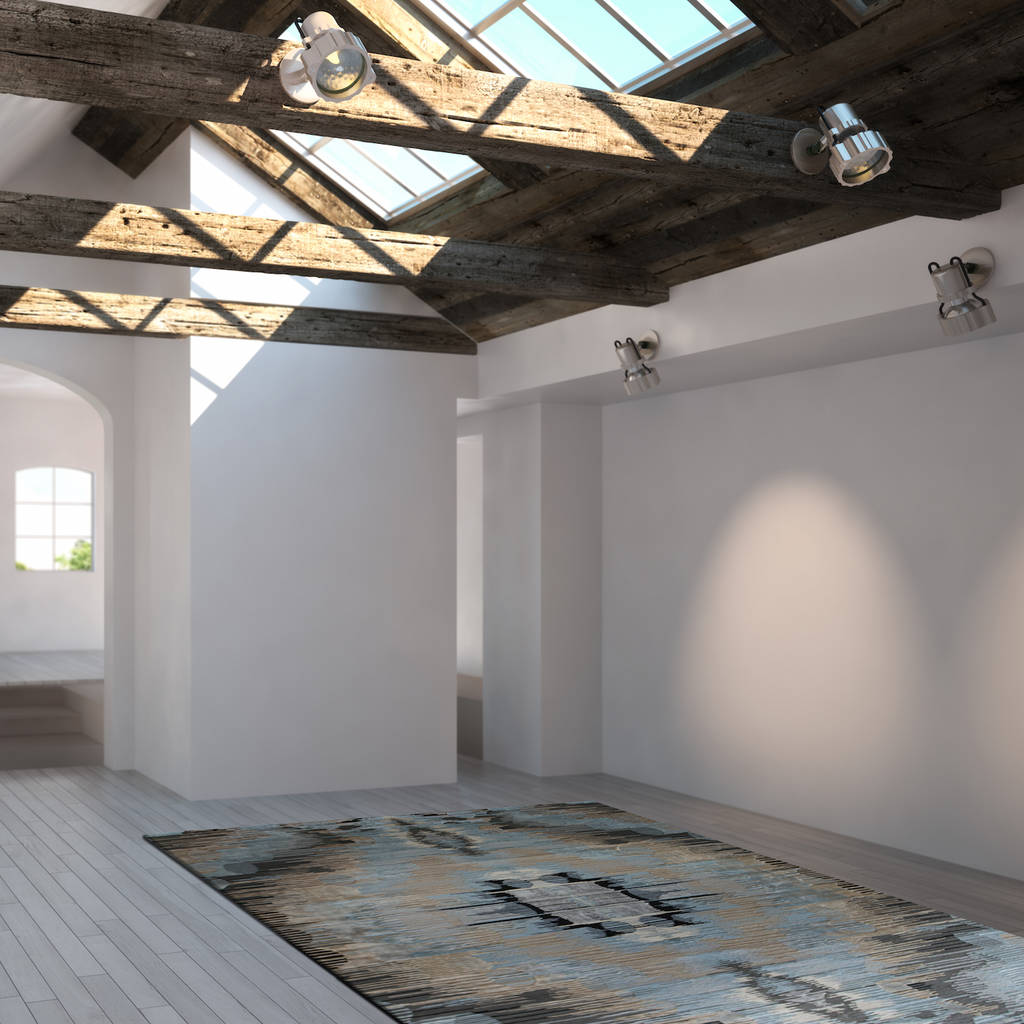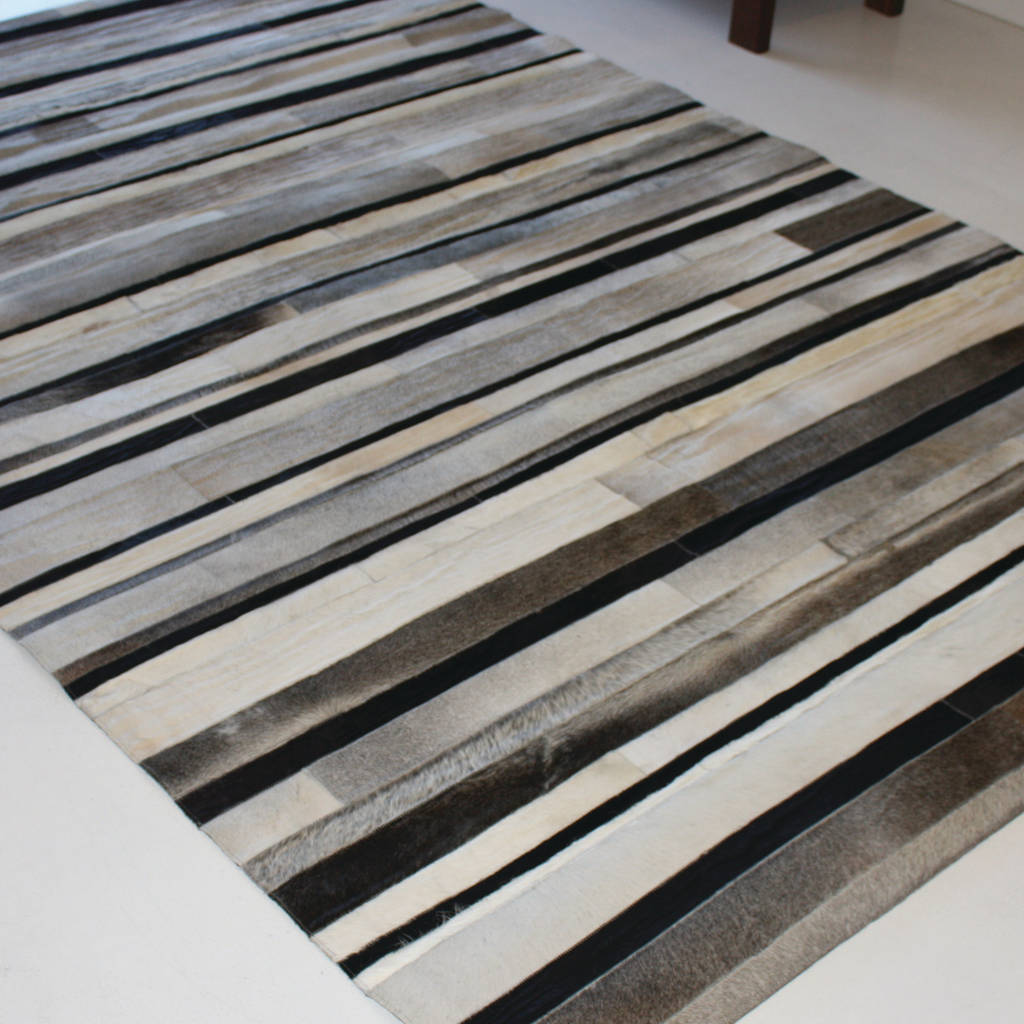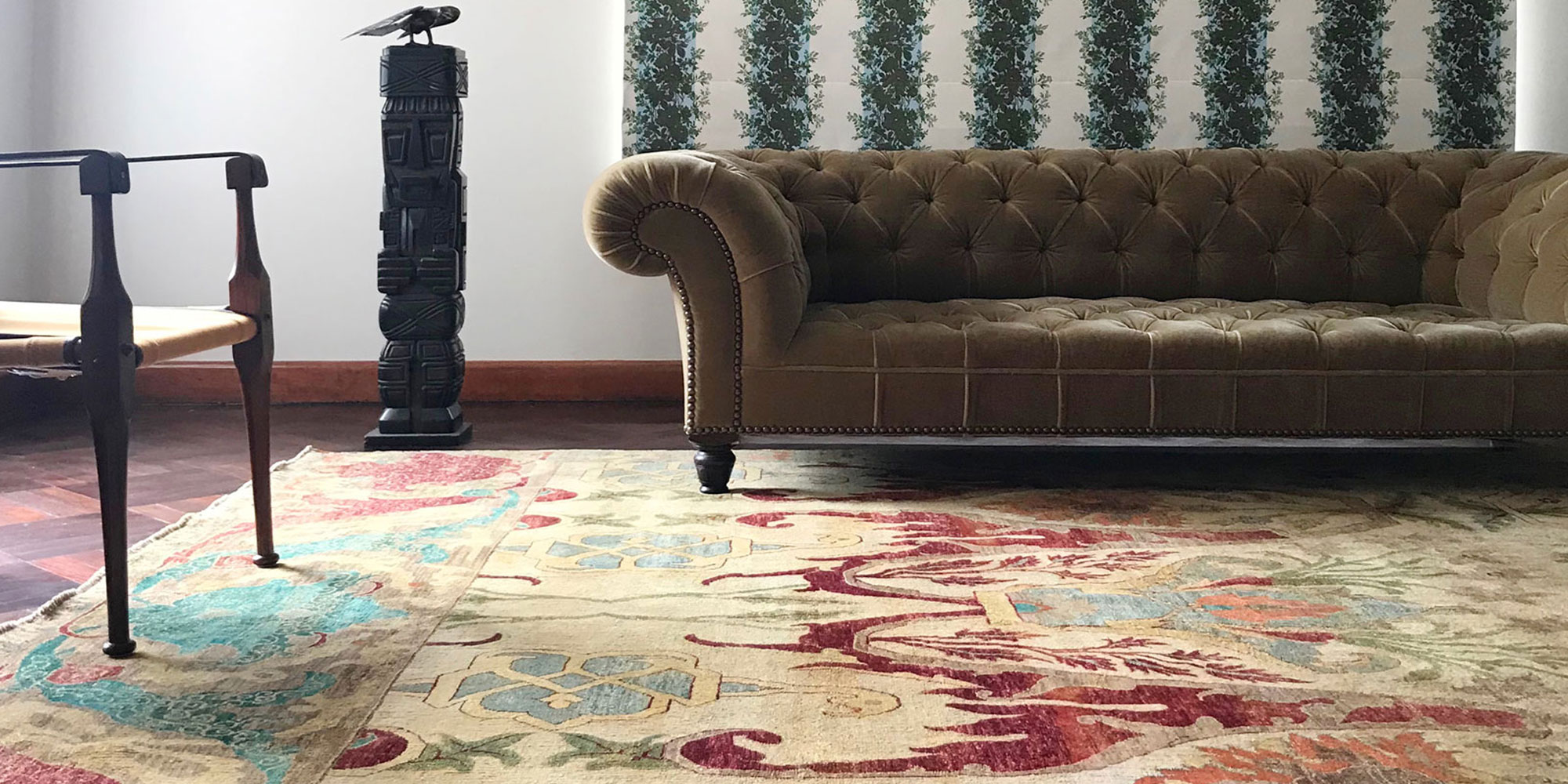Scandinavian design is calming, simple and functional. It emerged in the 1950s from Scandinavia, a region in Northern Europe including Denmark, Norway, Sweden and Finland.
This style's mantra is 'less is more' and one of the key elements is to keep the space light. White is dominantly used to make the most of natural light, also making spaces seem larger than they actually are. There are lots of neutrals with occasional hints of black for contrast.
With emphasis on muted tones, Scandinavian design incorporates lots of rich textures, including layering anything made from leather and fur, to natural textiles like linen, cotton or hemp. A cowhide rug or a natural fibre rug in neutral colours would be a great addition to add warmth to this design style. If you have dark flooring, go with a bold rug while keeping the other objects in neutral colours.
Another major element is the use of wood and other natural materials. Using wooden flooring keeps spaces from feeling too cold or sterile. Lots of Scandinavian styled furniture is made from wood. They're elegant with clean shapes and lines and don't have any decorative additions. Keeping with minimalism, this style goes for more open storage solutions and shelves rather than closed cupboards.
Lighting is also important, aim for light and airy. Where you can, opt for several light sources instead of one, use floor lamps and minimal curtains in pale and sheer fabrics.
Accessories are another great, easy way to incorporate a bit of Scandinavian into your home. Add a touch of nature with a few green plants or pictures of animals like the majestic Finnish reindeer. For art, pieces with a strong sense of typography, like a white canvas with a black printed word and black frame, fits perfectly.
Scandinavian design relies on a white canvas with wooden elements and rich textures, made playful with pops of colour in green plants and bright accessories. Even though this style is simple with lots of light, pale neutrals, it always radiates warmth and a distinct homely cosiness.




